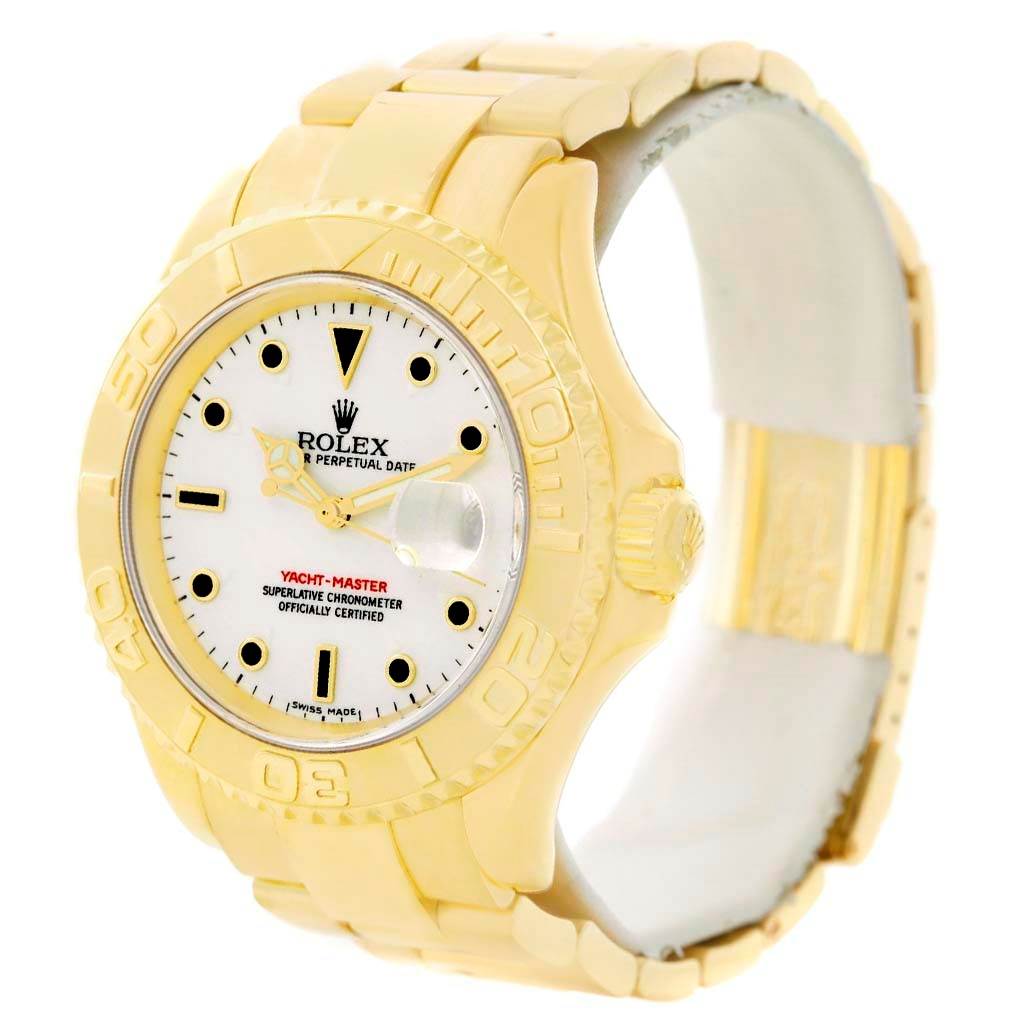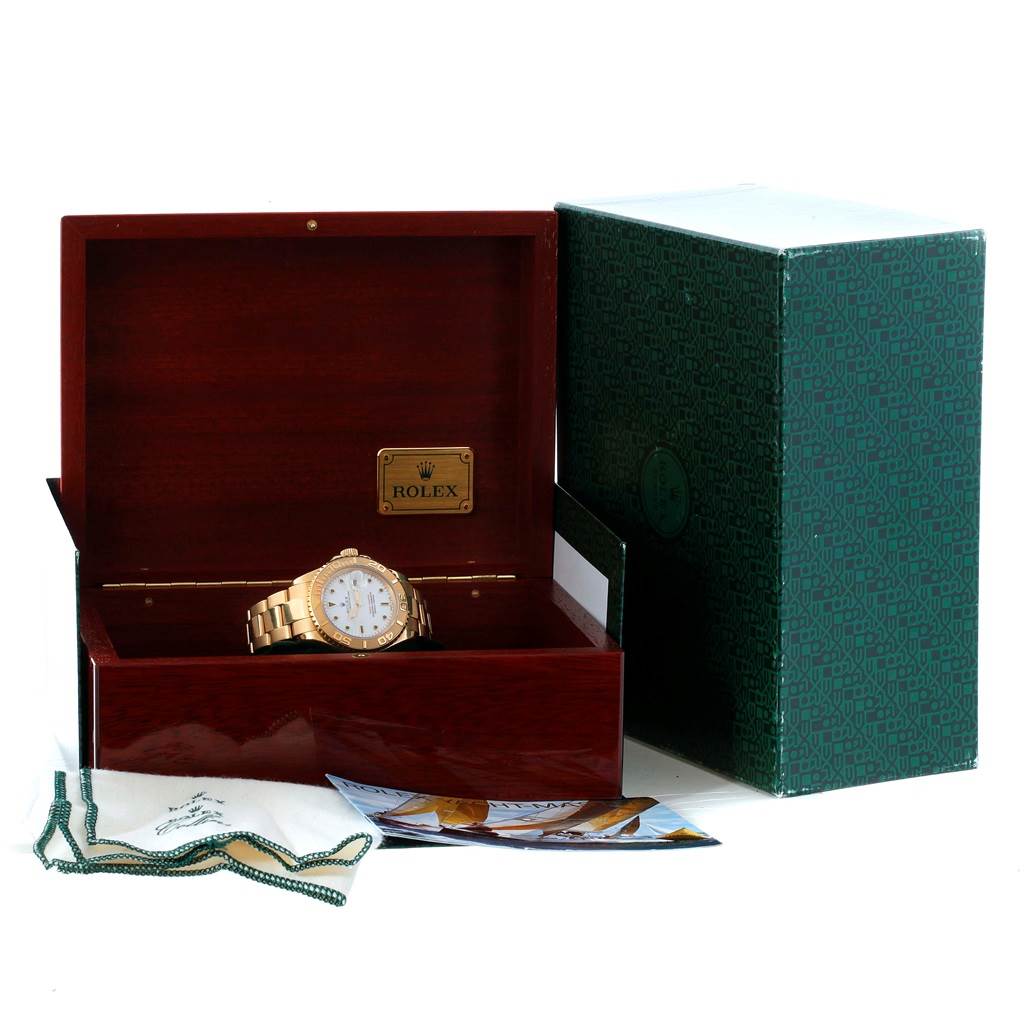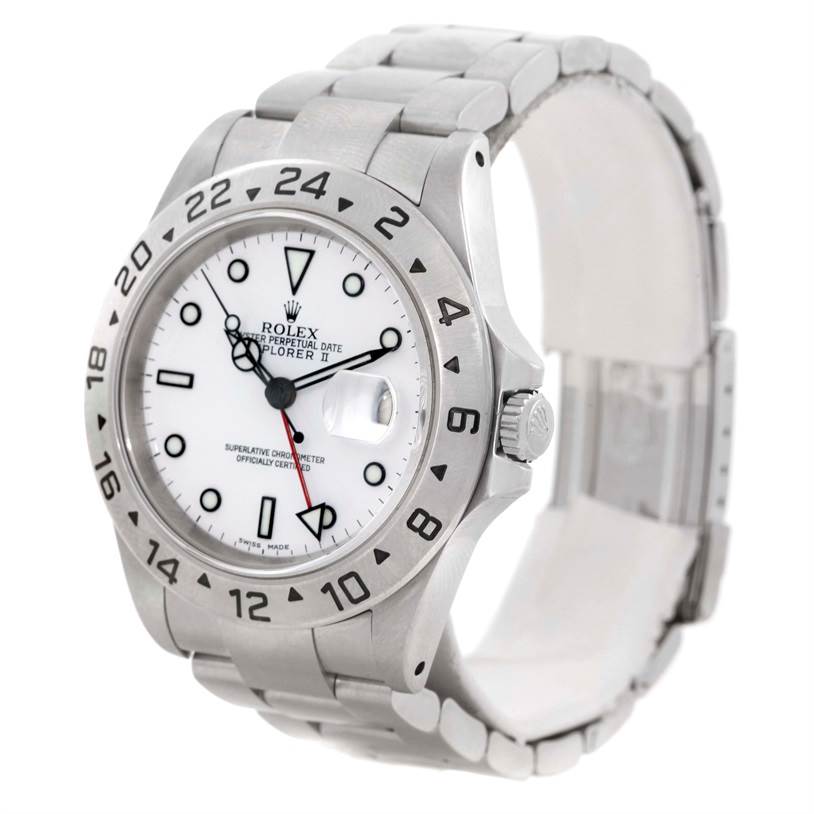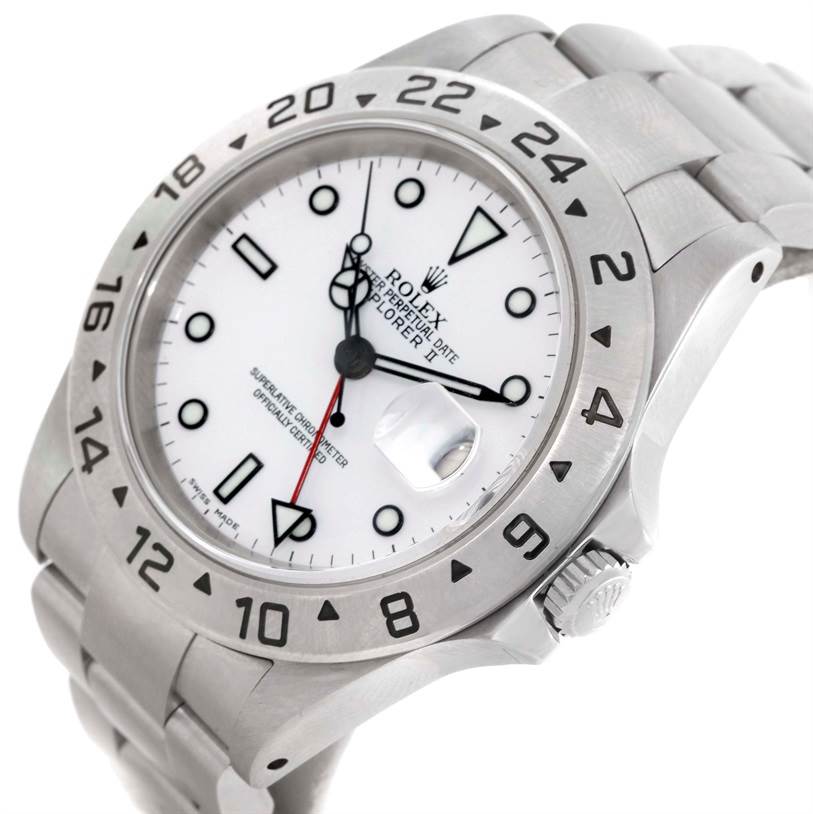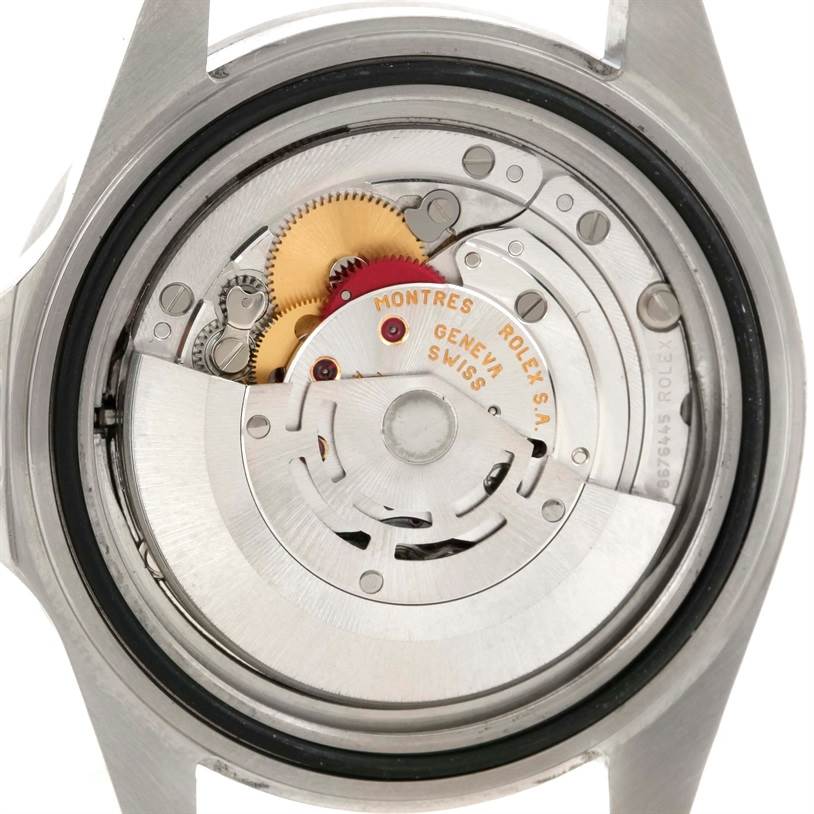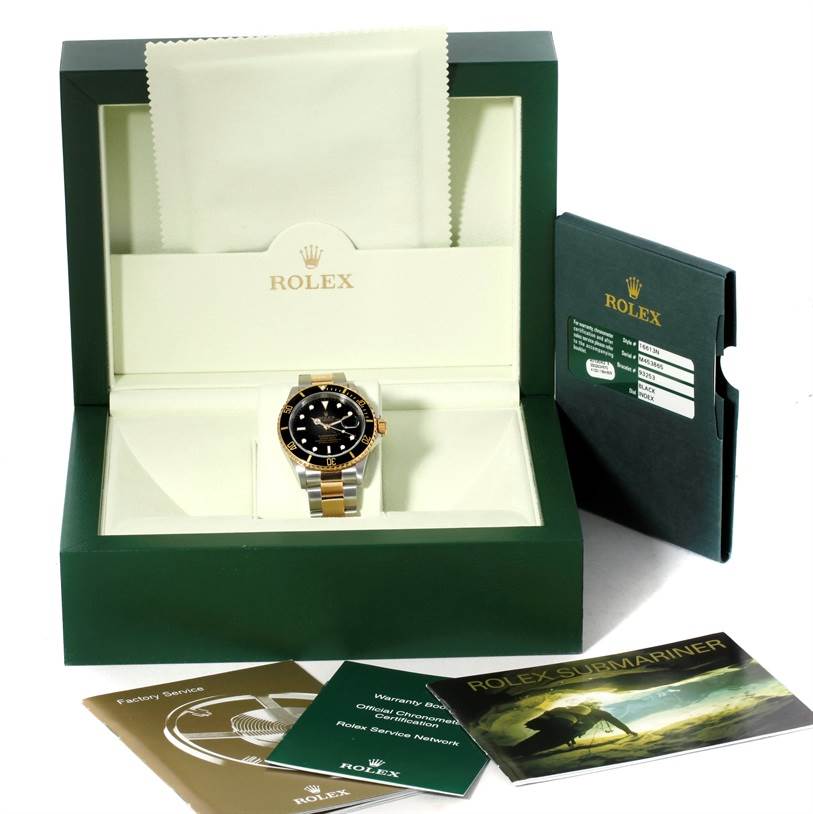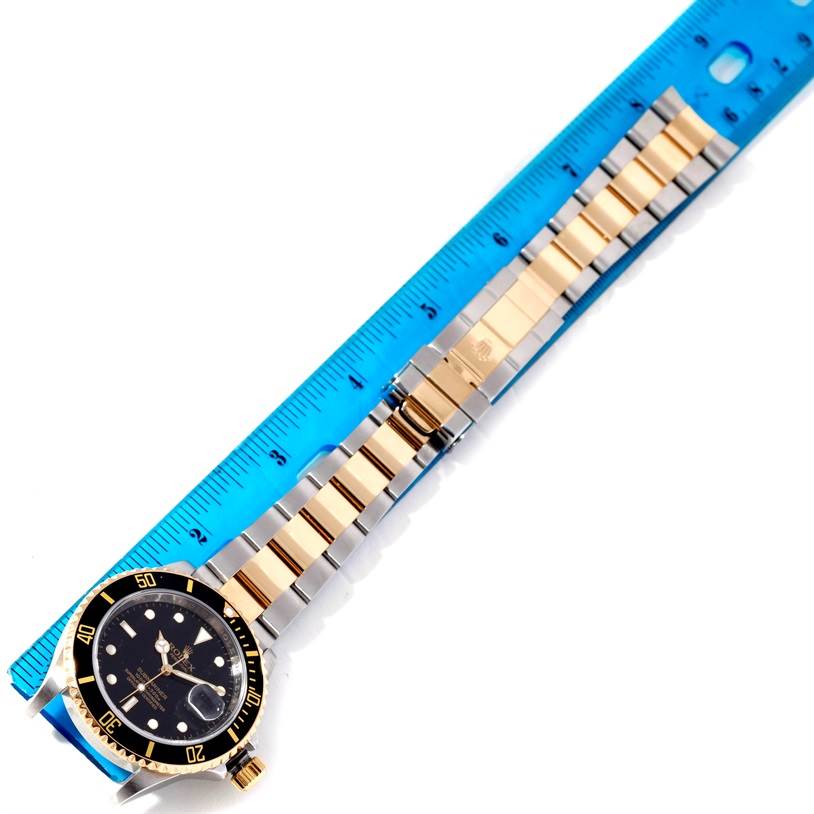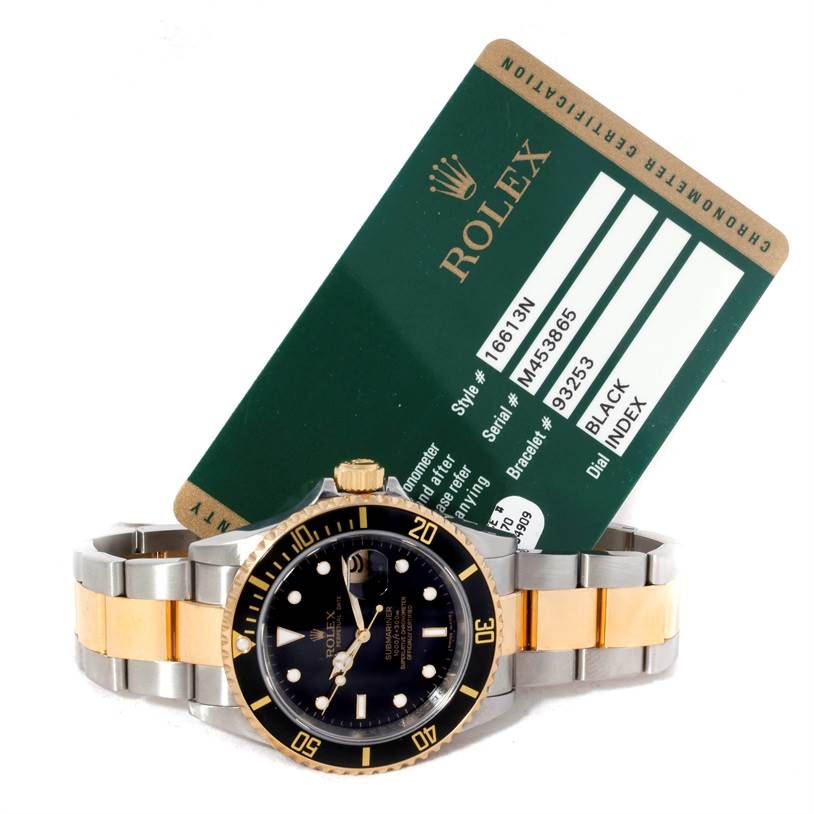After 24 hours of reflection, Paul Altieri, a lifelong Rolex collector and founder and CEO of pre-owned luxury clone watch business Bob’s Watches, reacts to this week’s watch launch.
While every watch-obsessed Instagrammers is losing their mind over the Rolex Day-Date’s peace, love and emoji, Mr. Altieri’s eyes are more drawn to the improvements in more mainstream watches.
“The new Rolex Daytona with its redesigned case and new 4131 movement looks almost unchanged from the front, but the open case back is cool,” Mr. Altieri said.” Perfection is hard to improve on, so no surprises here.”
A specialist in the secondary market, Bob’s Watches was equally interested in retiring the 116500LN Cosmograph Daytona, which had been popular on its 60th anniversary, and replacing it with a new movement, case and dial.
Mr. Altieri concurs.” There are some subtle changes to the dial, but I like the steel bezel. The new reference number for the steel Daytona is 126,500. Good luck getting the 116,500 now. he predicts a “dramatic price increase.
Also on hold is the Milgauss, a watch that seemed to be on the fringes of Rolex’s plans for years. With the official announcement, Bob’s Watches is hoping the older model will appreciate in value, especially due to its quirky look and feel.
Looking across at Rolex’s stablemate Tudor, Mr. Altieri was blown away by the 37mm Black Bay 54.
“Wow, this watch looks really good; the 37mm steel Black Bay is a direct reference to the older model,” he said.
